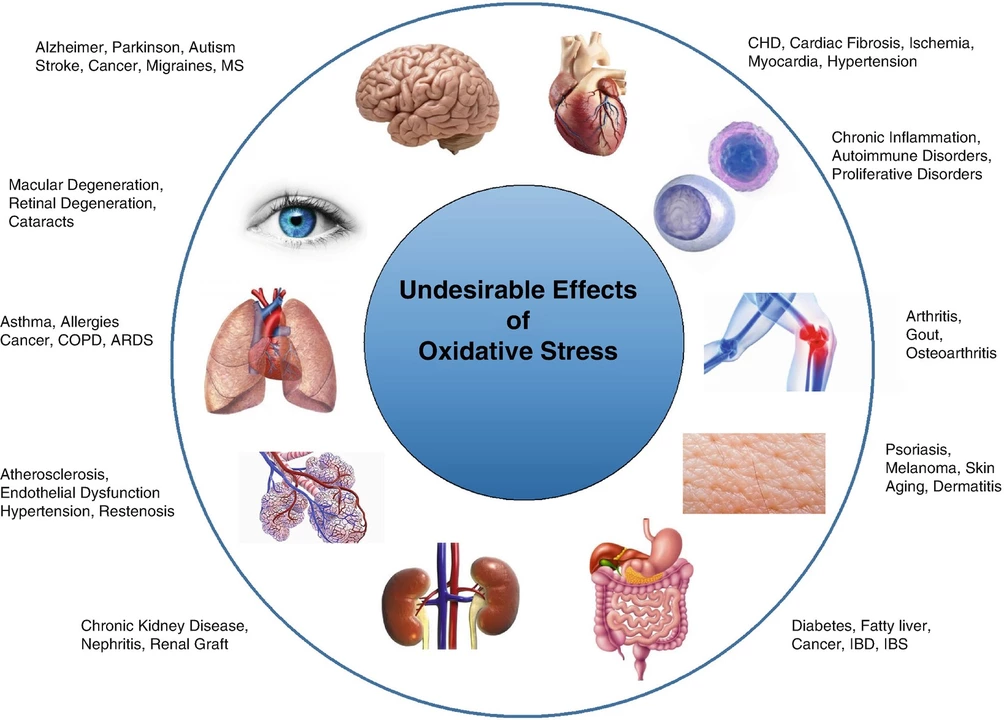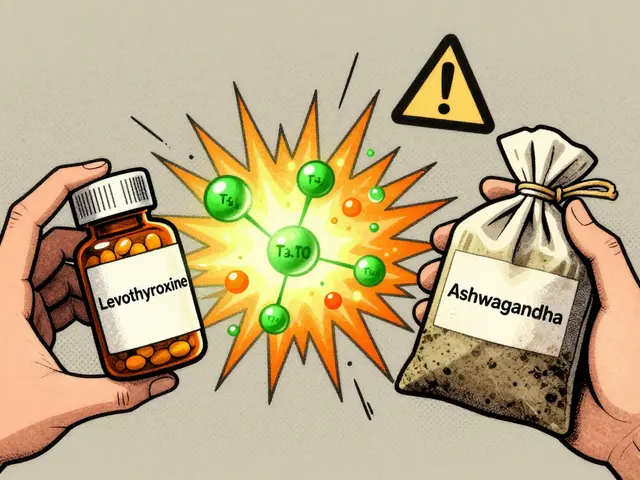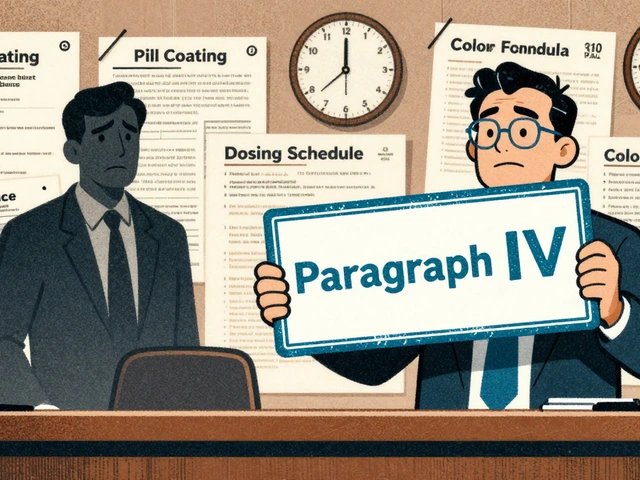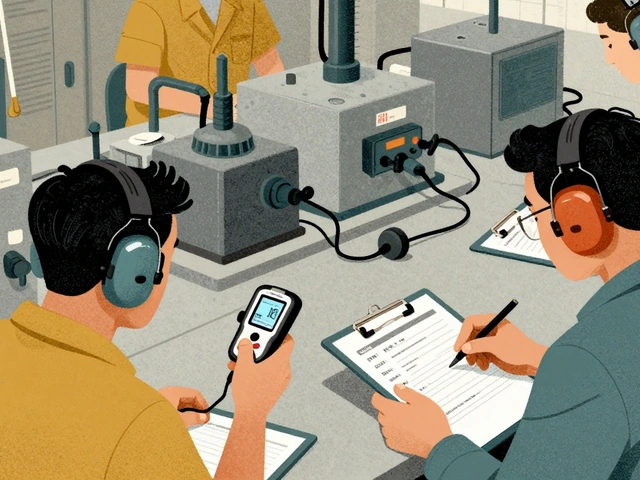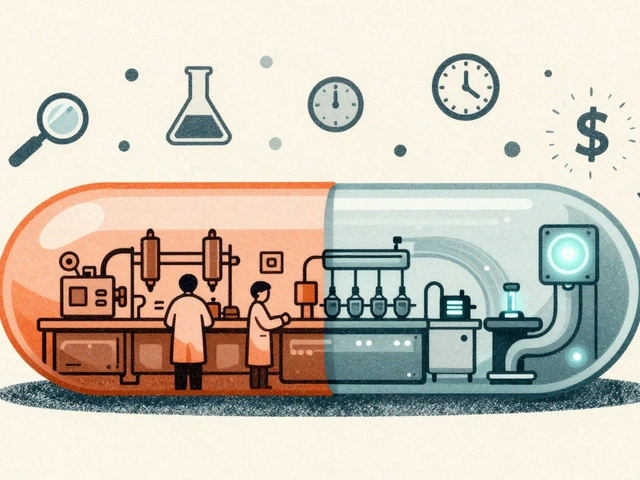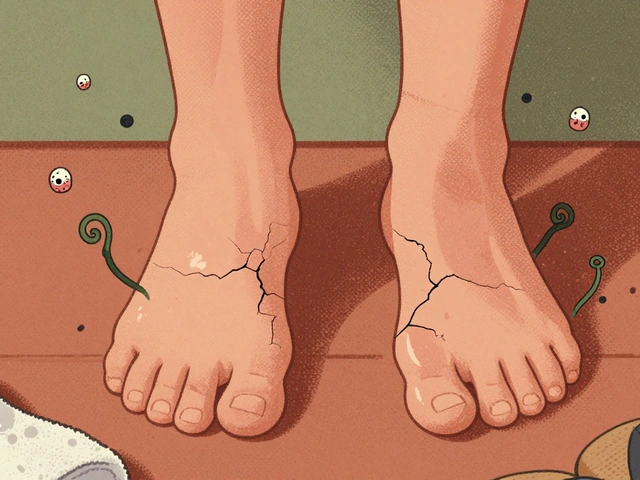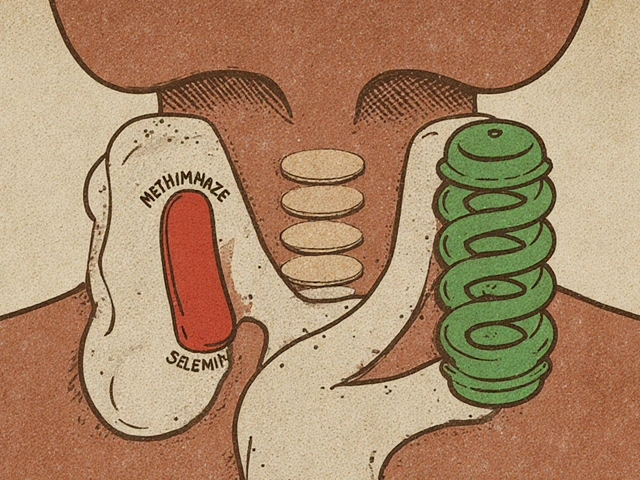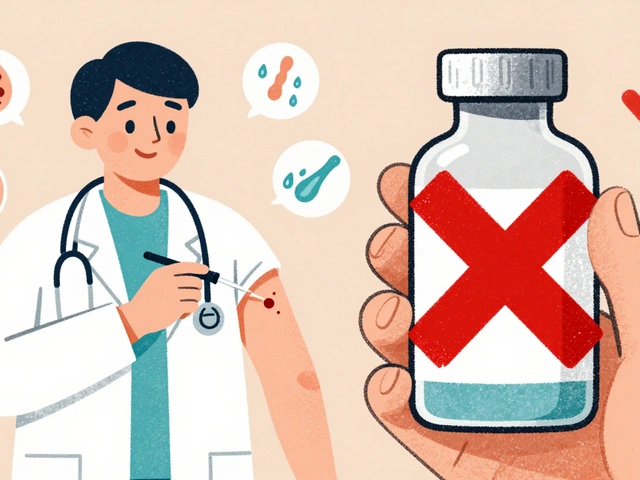Hirsutism: Why Excess Hair Happens and What Actually Works
Seeing dark, coarse hair where you don’t want it can feel frustrating and personal. Hirsutism is the medical name for male-pattern hair growth on the face, chest, or back in people assigned female at birth. It’s common, treatable, and usually a sign to check hormones — not something to just live with.
Quick fact: the most common cause of hirsutism is polycystic ovary syndrome (PCOS). But other causes exist, like certain medications, Cushing’s syndrome, or rare androgen-secreting tumors. That’s why a short medical check helps steer treatment the right way.
What your doctor will check
Expect a focused history and a few tests. Your doctor will ask when the hair started, how fast it progressed, menstrual history, and any weight changes. Typical tests include total testosterone, free testosterone, and DHEA-S. If results point to a hormonal issue, an ovarian ultrasound or adrenal imaging may follow. These tests help rule out serious causes and guide therapy.
Why test? Because treating the wrong problem wastes time and money. For example, hair removal helps appearance, but if androgens are high you’ll usually need medication to slow new growth.
Treatment options that actually make a difference
Treatment mixes medical therapy and cosmetic methods. Which one fits depends on your goals, whether you want to get pregnant, and how quickly you need results.
Medications: Combined oral contraceptives (birth control pills) reduce androgen production and are often a first step. Spironolactone is another common option; it blocks androgen effects and can shrink new hair growth over months. Eflornithine cream slows facial hair growth when applied twice daily — good as a targeted option. These drugs work slowly: expect 3–6 months before you see clear change.
Hair removal: For quicker visible improvement try laser hair removal or electrolysis. Laser works best on dark hair and lighter skin; electrolysis can remove any color hair but needs more sessions. Shaving, waxing, and depilatory creams are useful short-term but don’t stop regrowth.
Lifestyle: If you have insulin resistance or PCOS, modest weight loss and a low-glycemic diet can lower insulin and androgen levels, which helps reduce hair growth over time.
Safety and expectations: No single treatment removes all hair instantly. Medications carry side effects — spironolactone can cause dizziness or menstrual changes; oral contraceptives aren’t right for everyone. If you want to buy medications online, use a verified pharmacy and get a prescription. Never skip the doctor when hormone testing is needed.
Want a next step? Book a visit with a dermatologist or endocrinologist, bring a list of symptoms and medications, and ask for hormone tests before spending on cosmetic treatments. With the right plan, you can cut down growth and feel more like yourself.
